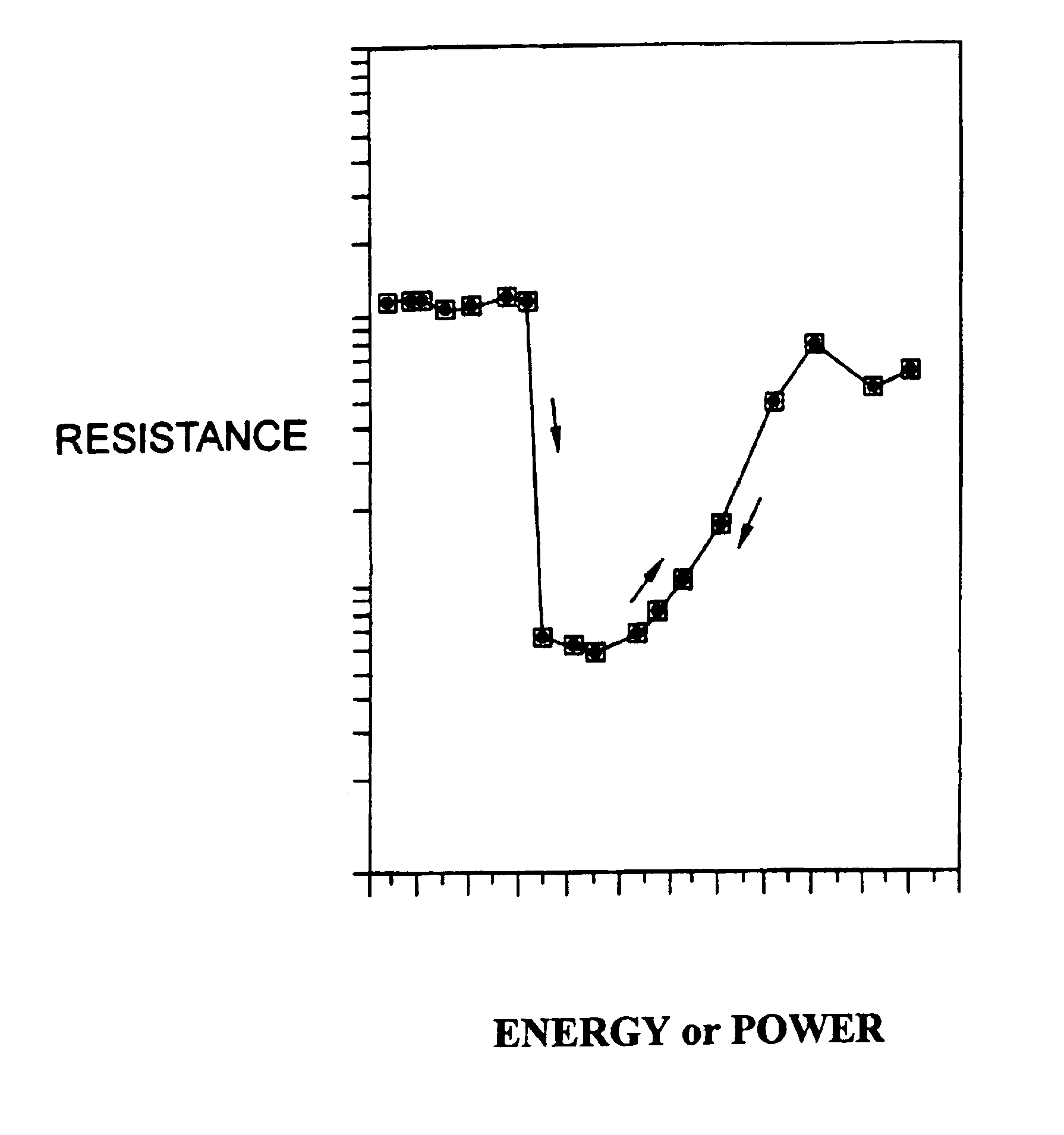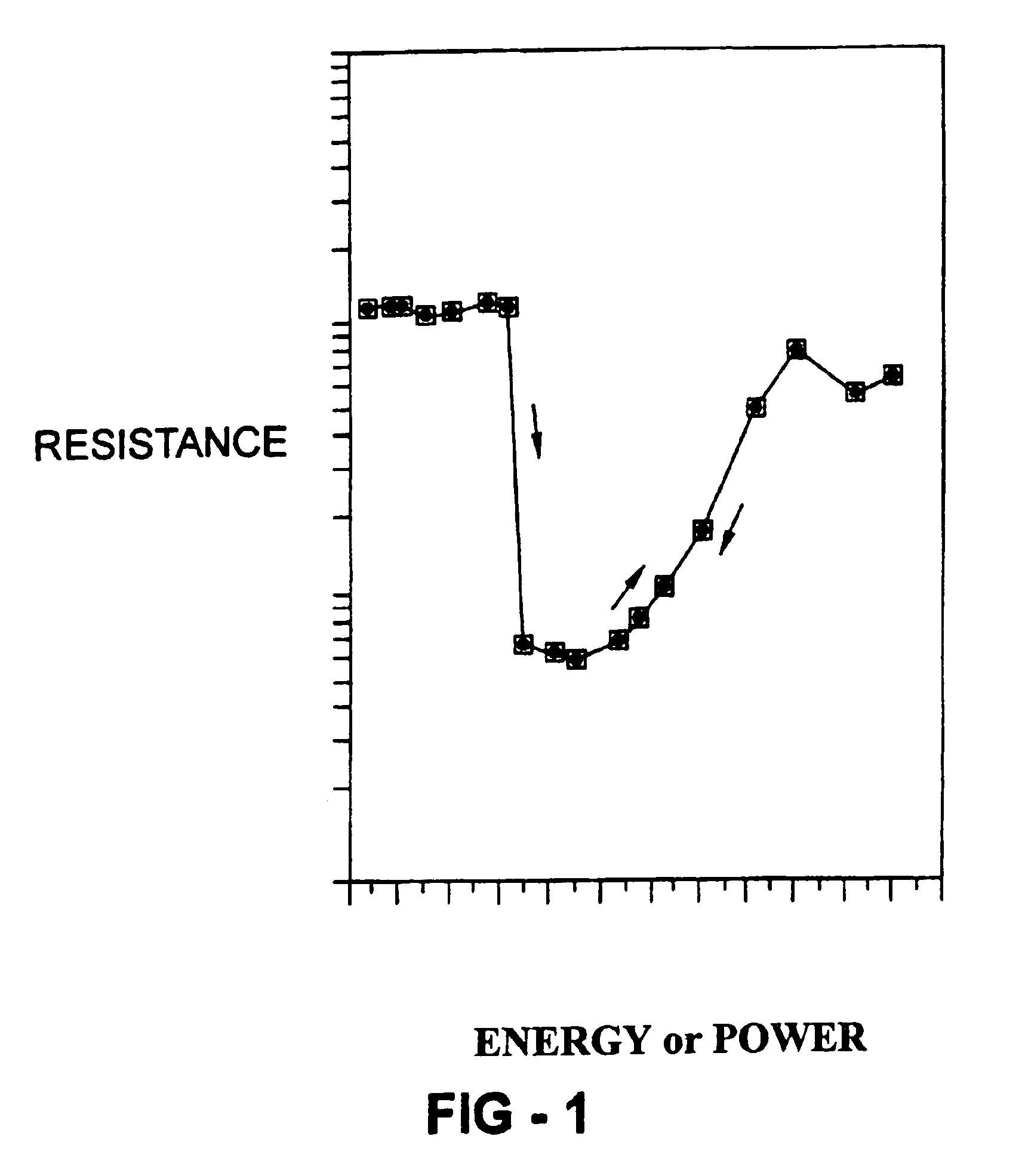Methods of factoring and modular arithmetic
a technology of modular arithmetic and factoring numbers, applied in the field of computing directed at factoring numbers and modular arithmetic, can solve the problems of increasing the difficulty of achieving optimally achieved or even possible through conventional binary methods, and the limitations of conventional binary computing. achieve the effect of efficient factoring of numbers
- Summary
- Abstract
- Description
- Claims
- Application Information
AI Technical Summary
Benefits of technology
Problems solved by technology
Method used
Image
Examples
example 1
[0051]In this example, the method of factoring described hereinabove is used to test whether the number 4 is a factor of the number 32. The number to be factored is thus 32 and the potential multiplicative factor is 4. Implementation of the method begins with establishing programming states according to the potential multiplicative factor. In this example, the programming strategy entails establishing programming states of a phase change material in such a way that 4 increments transform the phase change material from its reset state to its set state. One way to achieve the programming strategy is to let the set state be the programming state corresponding to four increments, the reset state be the programming state corresponding to zero increments, and to choose three intermediate states between the reset state and set state as the programming states corresponding to one, two and three increments. The three intermediate states may be positioned anywhere along the high resistance pl...
example 2
[0056]In this example, a determination of whether 7 is a factor of 27 is made. This example may be completed in a manner analogous to EXAMPLE 1 described hereinabove. In this example, the number to be factored is 27 and the potential multiplicative factor is 7. Hence a phase change material must be programmed according to the potential multiplicative factor 7 in order to determine whether 7 is a factor of 27. A suitable programming strategy is to define programming states in such a way that seven increments are needed to transform the phase change from its reset state to its set state. The reset state may be selected as programming state 0 and the set state as programming state 7 with six intermediate programming states labeled 1, 2, 3, 4, 5, and 6. The higher number of programming states in EXAMPLE 2 relative to EXAMPLE 1 implies, for a particular phase change material, that the average energy interval between programming states is smaller in EXAMPLE 2 than in EXAMPLE 1. The approp...
example 3
[0058]In this example, multiple volumes of a phase change material are used to test a plurality of potential multiplicative factors. Each volume of a phase change material may be viewed as the computing medium of a device programmed according to a different potential multiplicative factor. By incrementing each such device according to the number to be factored, it is possible to determine which of a plurality of potential multiplicative factors are truly multiplicative factors. By way of illustration, a determination of the multiplicative factors of 12 may be made.
[0059]In one embodiment, the multiplicative factors of 12 may be determined by including devices programmed according to potential multiplicative factors having values of 12 or less. In this embodiment, twelve devices programmed according to the numbers 1-12 are utilized and each of the devices is incremented 12 times. As described hereinabove, a device or volume of phase change material programmed according to a number, s...
PUM
 Login to View More
Login to View More Abstract
Description
Claims
Application Information
 Login to View More
Login to View More - R&D
- Intellectual Property
- Life Sciences
- Materials
- Tech Scout
- Unparalleled Data Quality
- Higher Quality Content
- 60% Fewer Hallucinations
Browse by: Latest US Patents, China's latest patents, Technical Efficacy Thesaurus, Application Domain, Technology Topic, Popular Technical Reports.
© 2025 PatSnap. All rights reserved.Legal|Privacy policy|Modern Slavery Act Transparency Statement|Sitemap|About US| Contact US: help@patsnap.com



